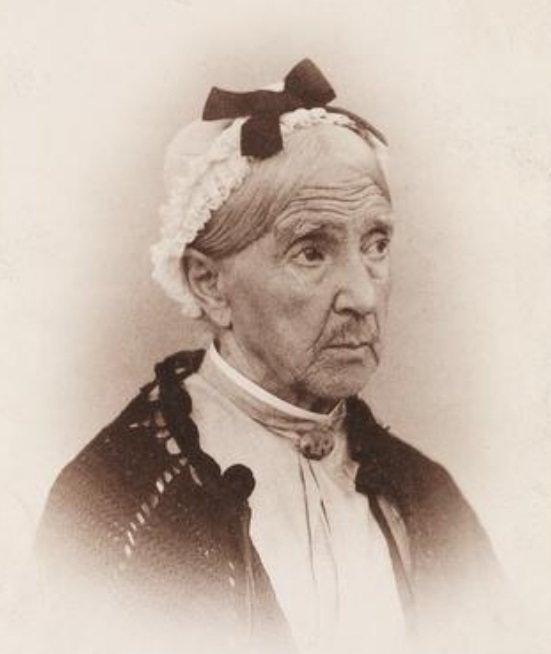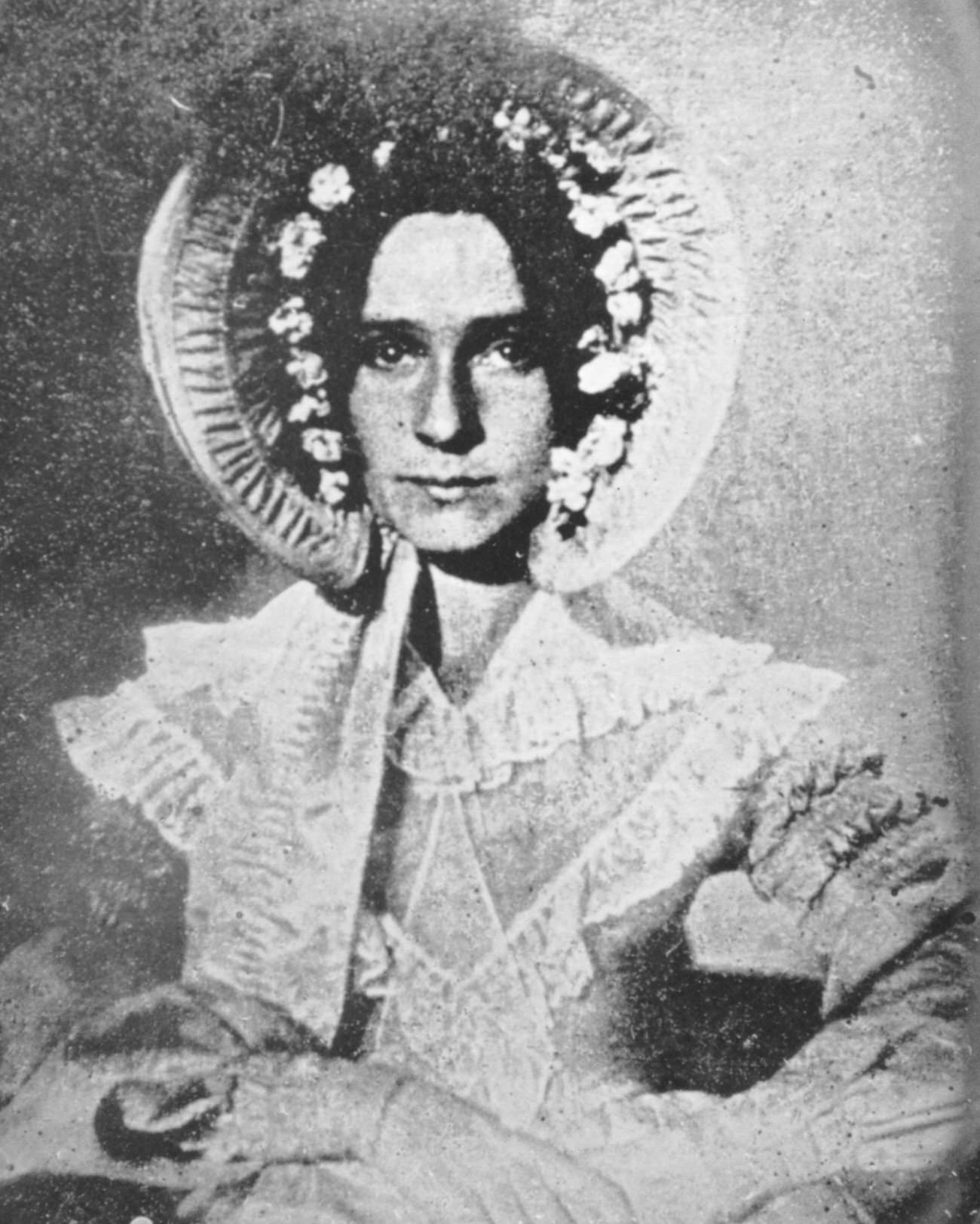The portrait of Dorothy Catherine Draper, taken in 1840, holds a significant place in American history as the first photographic portrait in the United States. This daguerreotype, a pioneering method in photography, captured more than just an image; it encapsulated a moment of technological and cultural transformation. The story behind this portrait is as intriguing as the image itself, involving innovation, familial support, and a dash of serendipity.
The Early Life of Dorothy Catherine Draper
Dorothy Catherine Draper, often a forgotten figure in history, played a crucial role in the early experiments of photography. She was the older sister of John William Draper, a professor and an innovator who would become a prominent figure in the development of photography in America. Dorothy’s support for her brother, both financially and intellectually, was instrumental in his success.
John William Draper’s Journey to Photography
John Draper’s journey to photography was marked by resilience and adaptability. After moving from England to Virginia, he faced setbacks but continued his research in chemistry and later completed medical school. His appointment as a professor at NYU in 1837 was a turning point, setting the stage for his subsequent experiments with photography.

The daguerreotype process, invented by Louis Daguerre, was made public in 1839. John Draper, recognizing its potential, quickly began experimenting with this new method. He was particularly interested in adapting it for portrait photography, a field still in its infancy.
The Making of the Historic Portrait
In 1840, atop the rooftop of what would become New York University, John Draper set out to create a photographic portrait of his sister, Dorothy. The process was challenging; Dorothy had to sit unblinking for a 65-second exposure. To enhance the contrast of the image, Draper dusted her face with white flour. The result was a remarkably natural portrait, capturing the essence of Dorothy’s character.

The daguerreotype process involved several technical challenges, including long exposure times and the need for precise chemical treatments. John Draper’s innovation and understanding of chemistry were crucial in overcoming these challenges.
Dorothy Draper was not just the subject of this historic photograph; she was an integral part of her brother’s scientific and artistic endeavors. Working as an artist, she provided support and collaboration, playing a role in the early development of photographic techniques.
Although the portrait initially didn’t receive widespread attention, the 1890s saw a renewed interest in this historic image. By this time, Dorothy, now an elderly woman, received recognition for her role in this pioneering achievement. This late-in-life acknowledgment highlighted her contribution to the history of photography.
John Draper’s work in photography, marked by the portrait of his sister, laid the groundwork for future advancements in the field. His experiments with light, chemistry, and exposure were foundational in the evolution of photographic techniques.


